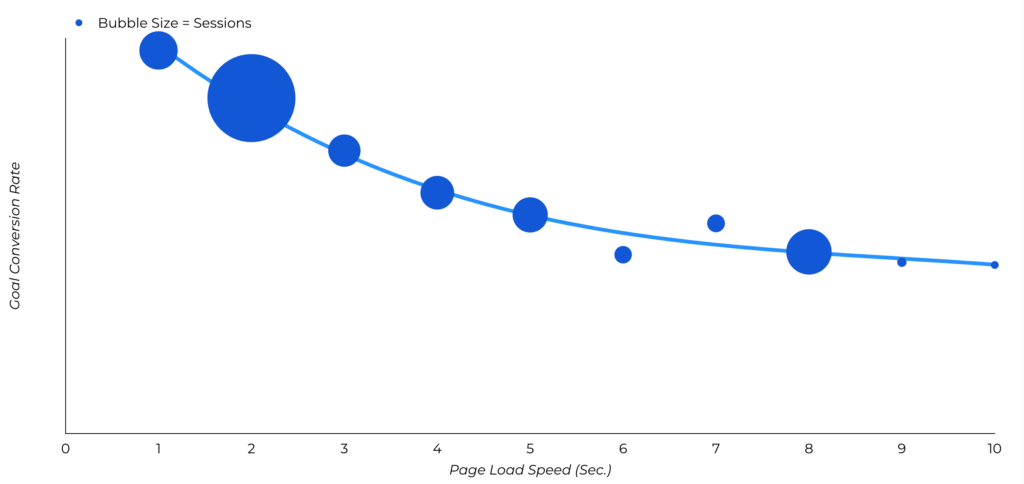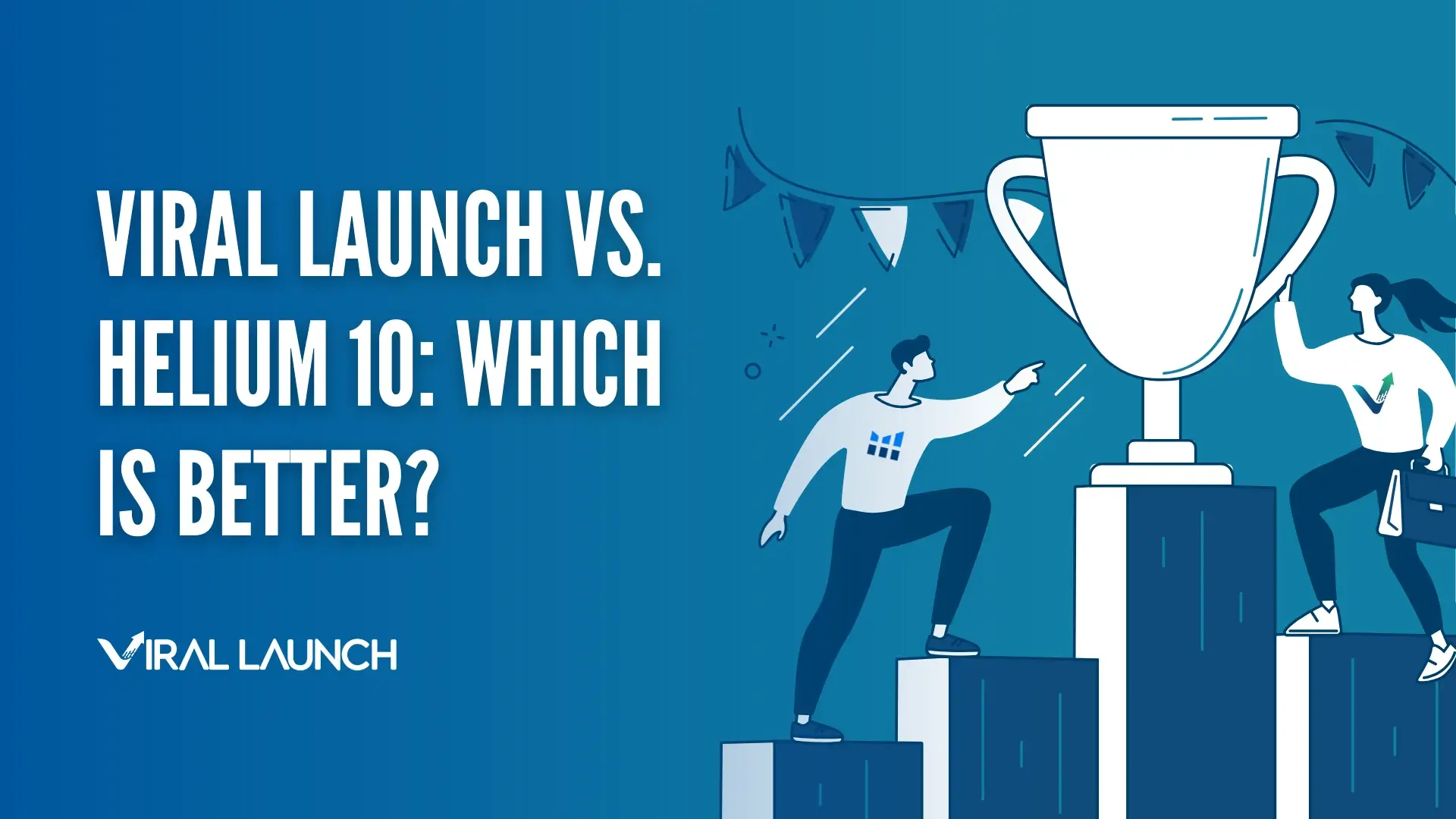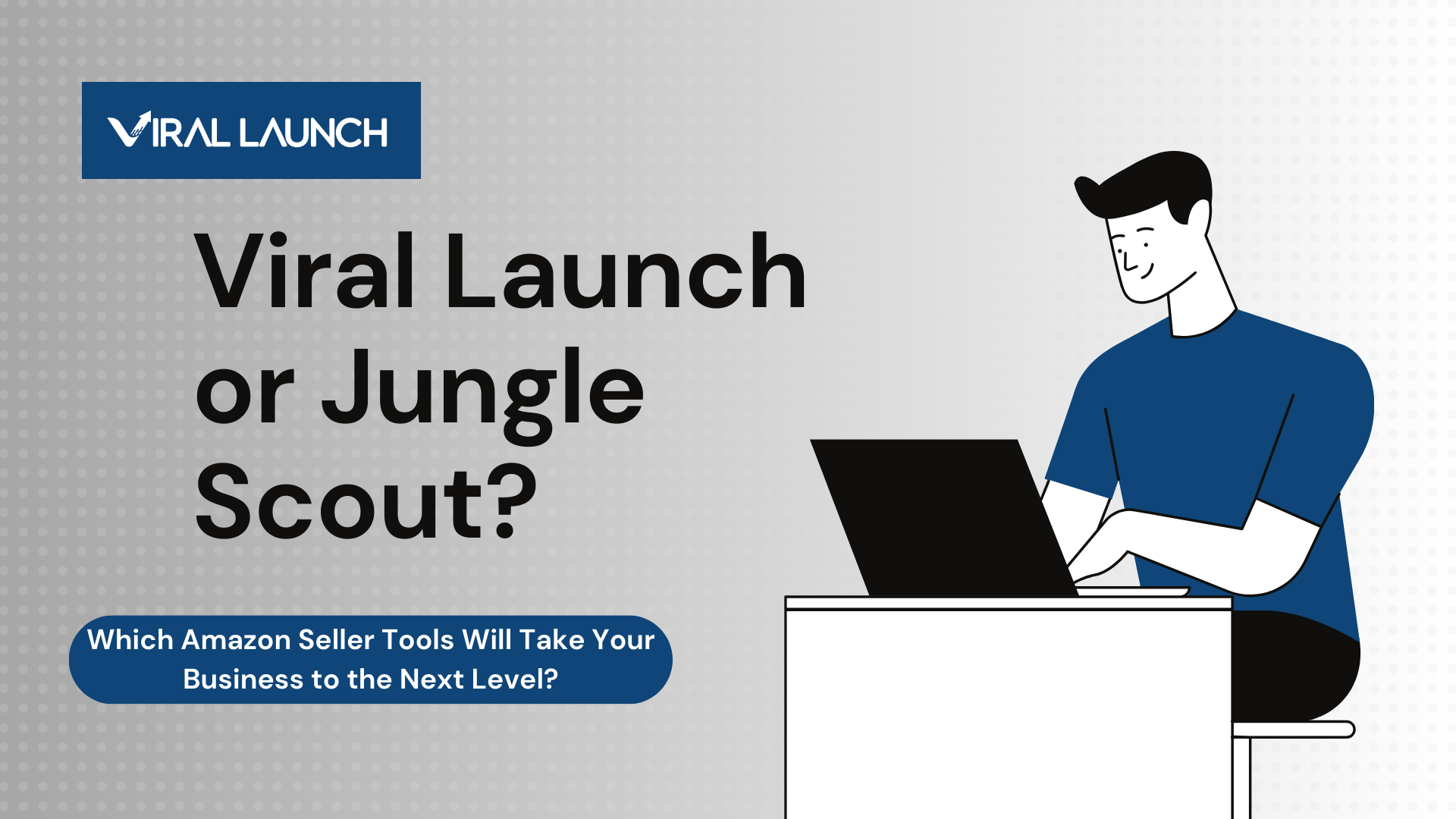E-Commerce businesses offer easy shopping from anywhere. However, the market is cluttered, making conversions challenging for businesses. There are 19.8 million e-Commerce sites, and without an effective strategy, conversion is a challenge.
You can measure conversions in terms of conversion rate, which can be measured by dividing the total number of conversions by total interactions. Converting your leads into sales is a challenge when the average attention span for a customer is 8 seconds.
Therefore, for an e-Commerce business to attract, nurture and convert a lead, the time constraint is higher, making strategic planning necessary.
Further, website speeds, personalization, and site navigation can also affect conversion rates. This article will focus on tips to help you improve e-Commerce conversion rates.
First, let’s understand what a good conversion rate is.
How to determine a reasonable conversion rate?
A key question most businesses face while planning for their e-Commerce website is what should be the conversion rate they can target. For example, research suggests that businesses have 2.35% conversion rate on average. At the same time, unicorns have more than an 11% conversion rate, which is five times more than the average rate.
However, companies with 2x conversion rates more than the average rate are at a better advantage. This is why conversion rates should end up being around 2 to 5%.
Top tips to improve conversion rates for your e-Commerce business
1. Speed matters
If you are an e-Commerce business, website speed is an essential aspect you must cover. Slower-loading websites can mean lost customers. If a website takes 2 seconds to load, the conversion rate is 1.68%. However, if the speed reduces to 3 seconds, the conversion rate is 1.12%.
Further, you get a 2.93% conversion rate decline when the website loads in 4 seconds.

There is no denying that improving website speeds significantly influence conversion rates. Now the question is how to ensure website-loading speed is lower, and user experience is better. You can use the page loading speeds easily using Google’s Page Speed tool.


There are many other tools that you can use:
- Sematext
- Pingdom Speed Test
- Google PageSpeed Insights
- Uptrends
- WebPageTest
- GTmetrix
- Varvy Pagespeed Optimization
- dotcom-monitor
Once you measure website loading speed, it is time to start optimizing it. Here are some tips to optimize website speed,
- Segregate Complex content into blocks and sections for better visibility.
- Employ visual hierarchy, which helps users to take desired actions; for example, you can highlight a specific CTA within your content that you need the users to click and take the desired action.
- Make sure to repeat specific elements related to different CTAs to establish a relationship.
2. Use Skinner’s theory
A scientific way to improve e-Commerce conversion rates is to use Skinner’s theory. It helps in shaping the behavior of customers, in terms of the reinforcement and consequences. E-Commerce businesses can use Skinner’s theory to improve customer conversions by applying the principles to encourage them to complete desirable actions.
Using Skinner’s theory, here are some ways businesses can improve conversions on their e-Commerce website.
- Positive reinforcement E-Commerce businesses can offer rewards or incentives to customers when they complete a specific set of actions like signing up for a newsletter, leaving a website review, or making a purchase. These rewards can include free shipping reward points or even discounts.
- Negative reinforcement removes undesirable stimuli or factors inhibiting desired behavior from your customers; for example, you can offer limited time sales or exclusive discounts for specific categories of products you want to encourage your customers to buy, helping to keep them away from other products.
- Behavioral reinforcement Use a gradual approach to encourage your customers to complete a purchase by strategically designing the entire user experience. For example, you can include personalized product recommendations, CTAs, and a seamless checkout process.
3. Optimize performance marketing!
As an e-Commerce business, you must also focus on performance marketing. It is a form of digital marketing emphasizing tangible results and providing ROI. Performance marketing follows a pay for performance model, which ensures that businesses only pay for successful outcomes.
It involves:
- Affiliate marketing is a model where a business works with affiliates who promote e-Commerce products or services in exchange for a commission.
- Native ads are blended into the website content so smoothly that it does not disturb the User experience, and the business pays for every conversion through these ads.
- Sponsored content where the business pays influences to promote their products and create content that aligns with their brand messaging.
- Paid search marketing is the model where businesses create advertising campaigns that tag specific keywords on search engines like Google and Bing.
4. Optimize your listings
There are many E-Commerce marketplaces like Amazon, eBay, and others where you need to optimize your listings for better visibility. If your product or service is listed optimally, the chances of e-Commerce conversion rate improvement increase.
Marketplaces like Amazon will have several products in different categories, and to stand out, between those products, you need to have a strategic listing plan.
Here are some tips that you can use to optimize Amazon lists,
- Make sure your product has a description that is easy to understand
- Don’t forget to add every specification required for the product
- Ensure you have an educational video explaining how you can use the product
- Use attractive titles and profound keyword research targeting long-tail and short-tail keywords
- Conduct A/B testing with varying price points to understand the impact on sales
- Use high-quality images to attract customers and display every tiny detail
Apart from Amazon, you also need to optimize listings across other marketplaces. It will help your e-commerce business improve conversions on the marketplace, not just your website. You can use many listing optimization tools.
For example, Viral Launch’s listing optimization tools like listing analyzer, builder, and keyword manager ensure your product listings are optimized. These tools come with intelligent insights and automation features for your product listings.
5. Keep your e-Commerce site secure
Designing your website or applying the principle of skinners theory can help convert better, but if it is not secure, you may lose customers. Trust is crucial for e-Commerce conversions, so you must ensure your website is susceptible to cyber-attacks.
For example, a typical cyberattack that websites face is a man-in-the-middle (MITM) attack. E-Commerce businesses can leverage SSL certificates and reduce the chances of MITM. Such attacks allow hackers to steal information in transit between a server and a browser. Nowadays, SSL certificate cost is not a hurdle for the security of your site. Many authorized SSL providers offer low cost SSL cert.
Fortunately, SSL certificates use cryptographic encryptions, which secure the data in transit between a server and the browser.
6. Have an enhanced checkout process
Smoother checkouts are a prerequisite for a better e-Commerce conversion rate. Securing your website with an SSL certificate or designing it elegantly may not be enough. You need a checkout process that reduces the time to make the final purchase.
Increasing sales in e-Commerce through a checkout page:
Checkout pages have a direct connection with sales. So think of a customer, who is ready to take the desired action but has issues with:
- Payment options
- Longer checkout time
- Non-responsive elements
- Surprise or hidden costs
- Higher shipping prices
- Navigational issues
- Rejection of coupon codes
All of these can lead to cart abandonment. Therefore, an e-Commerce business needs to make sure:
- There are multiple payment options
- Guest checkout options that do not require logins
- Highly responsive website
- Transparency of costs
- Lower prices or free shipping
- Smoother navigation
- Discounts support
7. Retarget your customers
Cart abandonment is one of the significant challenges you may face as an e-Commerce business. It can affect conversion rates, so you need to retarget such customers.
Devise a marketing plan with retargeting marketing efforts through:
- Introduction of new categories of products
- Retargeting the audience and communicating features they missed
- Offering discounts on existing services or products
- Using personalized recommendations
- Leverage experience marketing by offering free trials or samples
Signing Off
E-Commerce business is booming, but at the same time, the market is cluttered with several new players entering it. Therefore, increasing your e-Commerce conversion rate requires special effort amidst several players.
From applying principles of customer persuasion, design thinking, listing optimization, and security, you need to strategize the entire experience. However, which path you choose will depend on the requirements of the site and customer.







